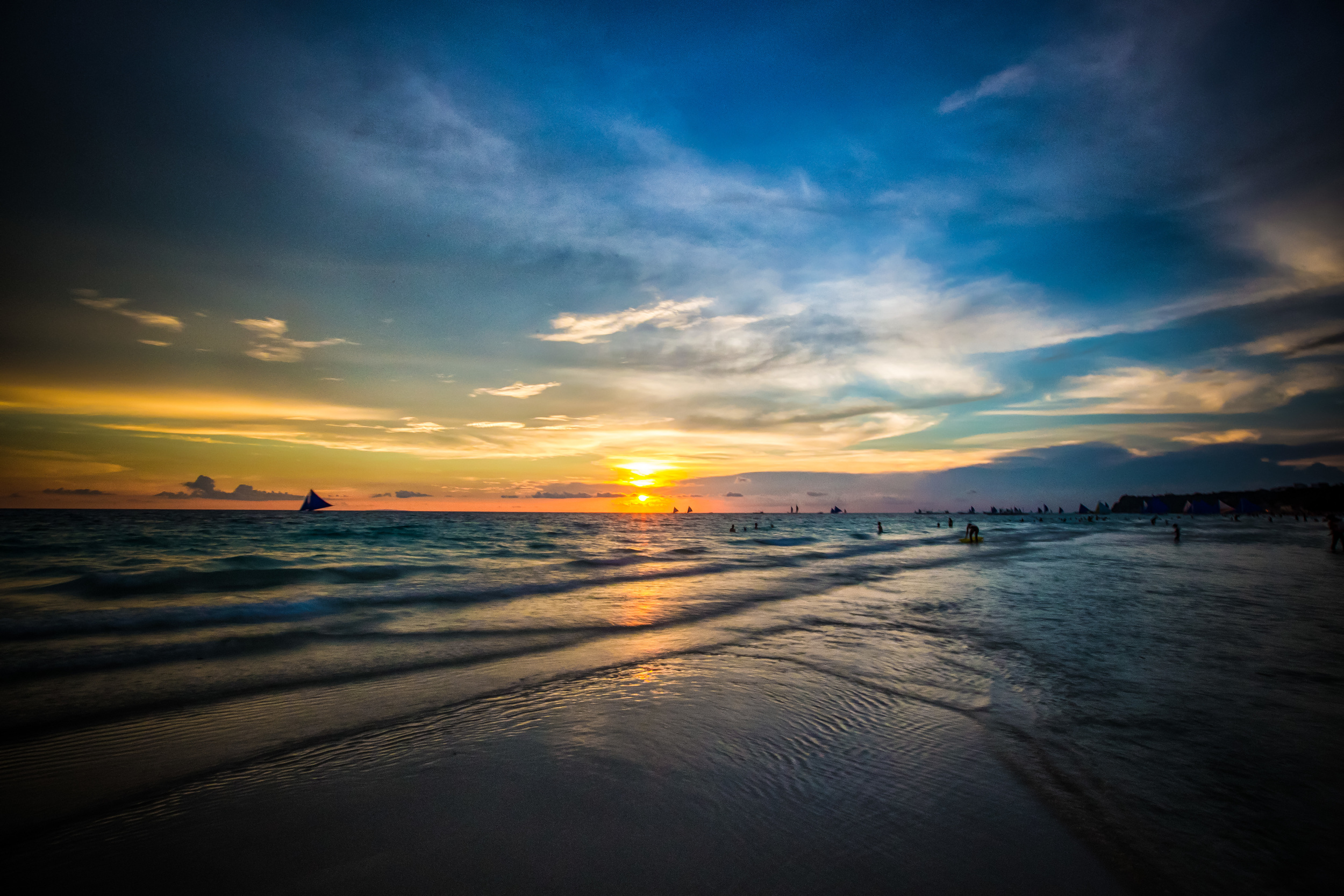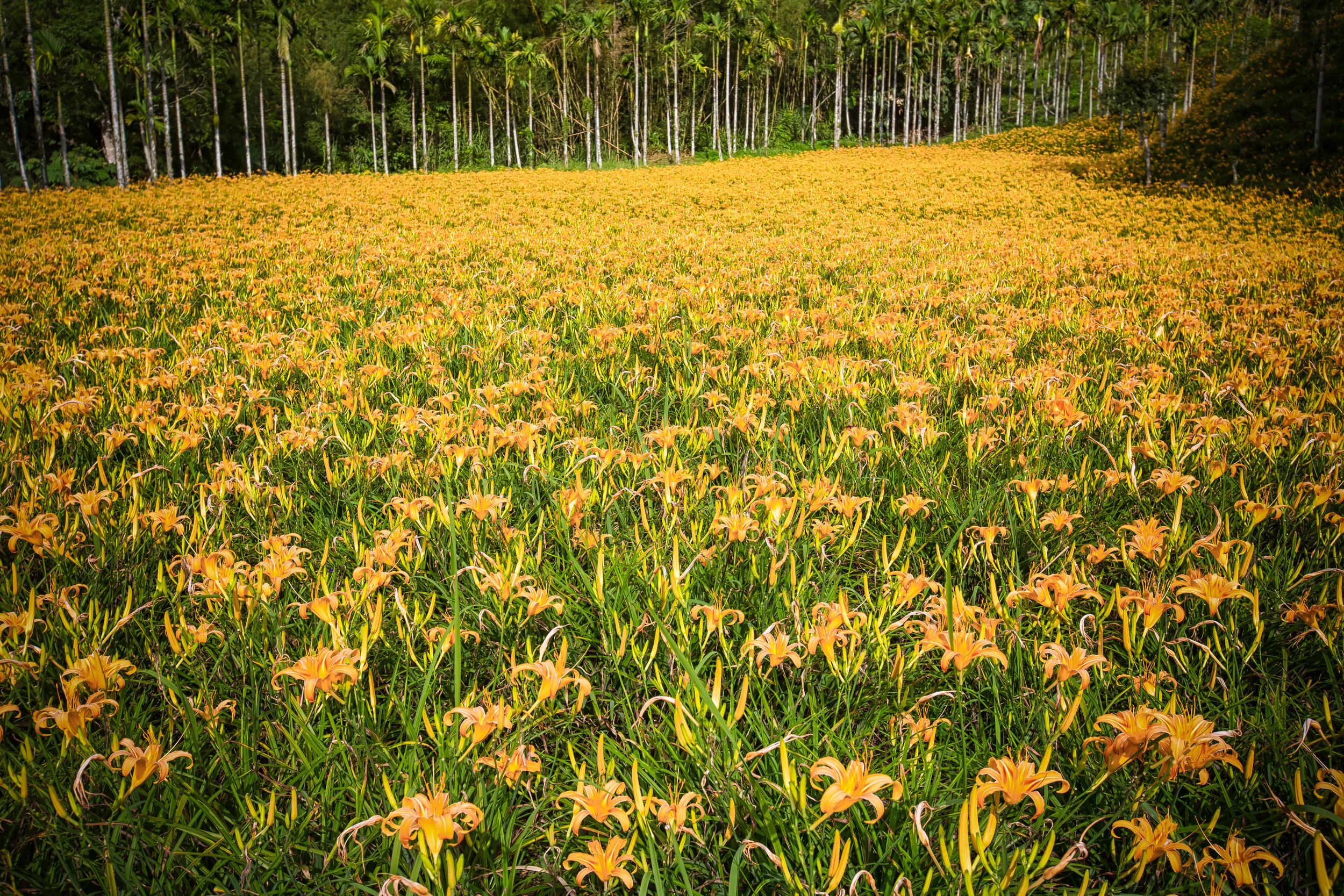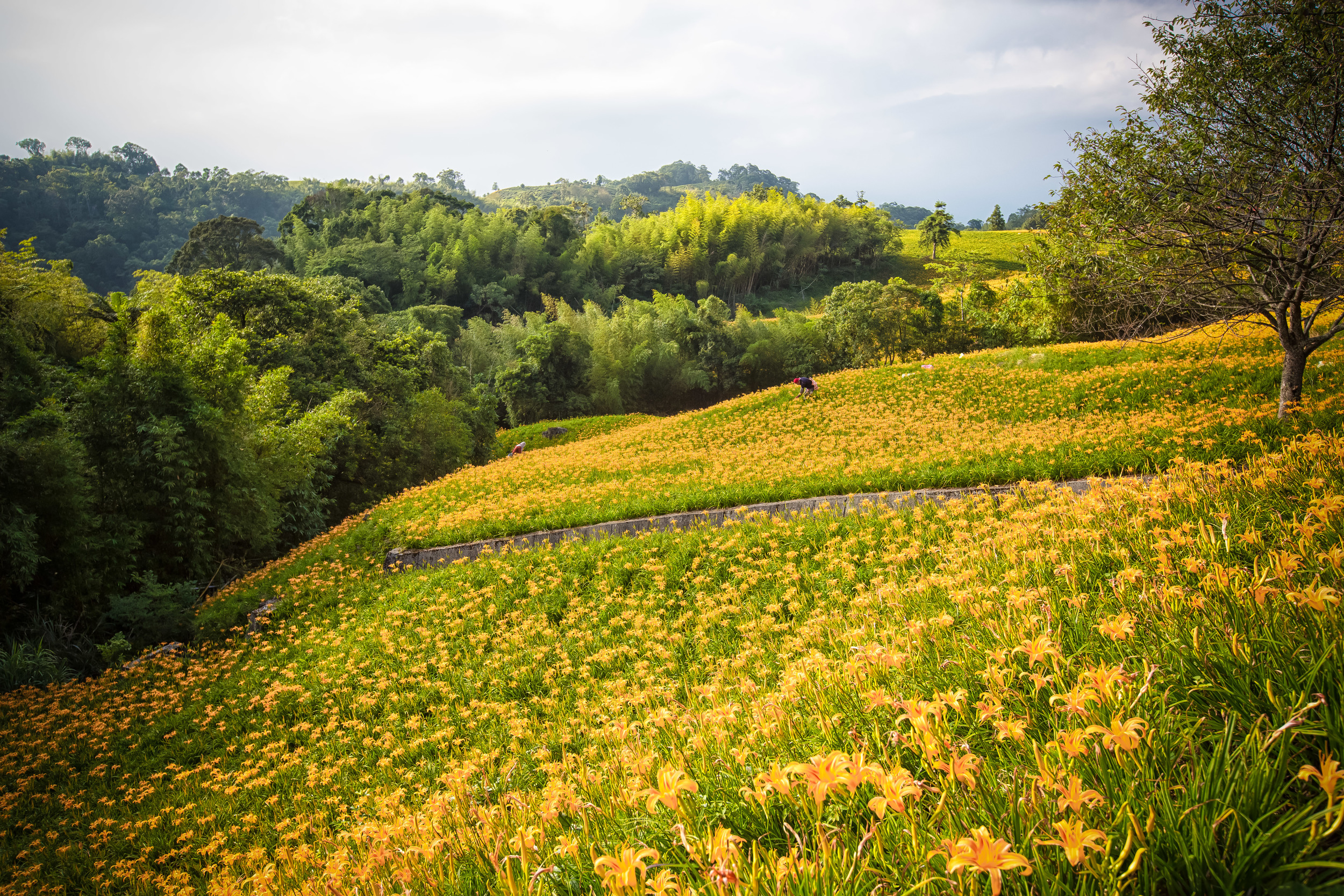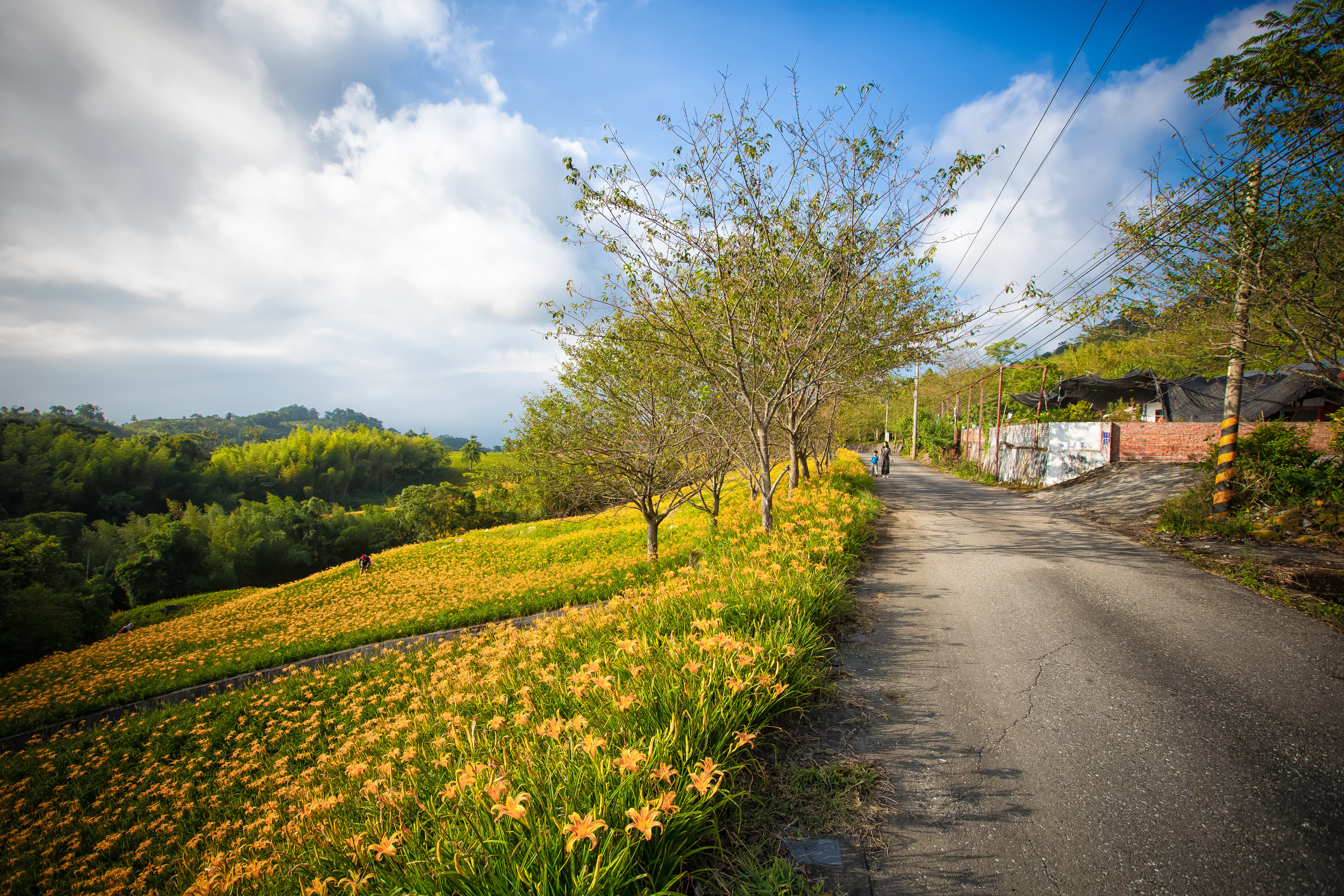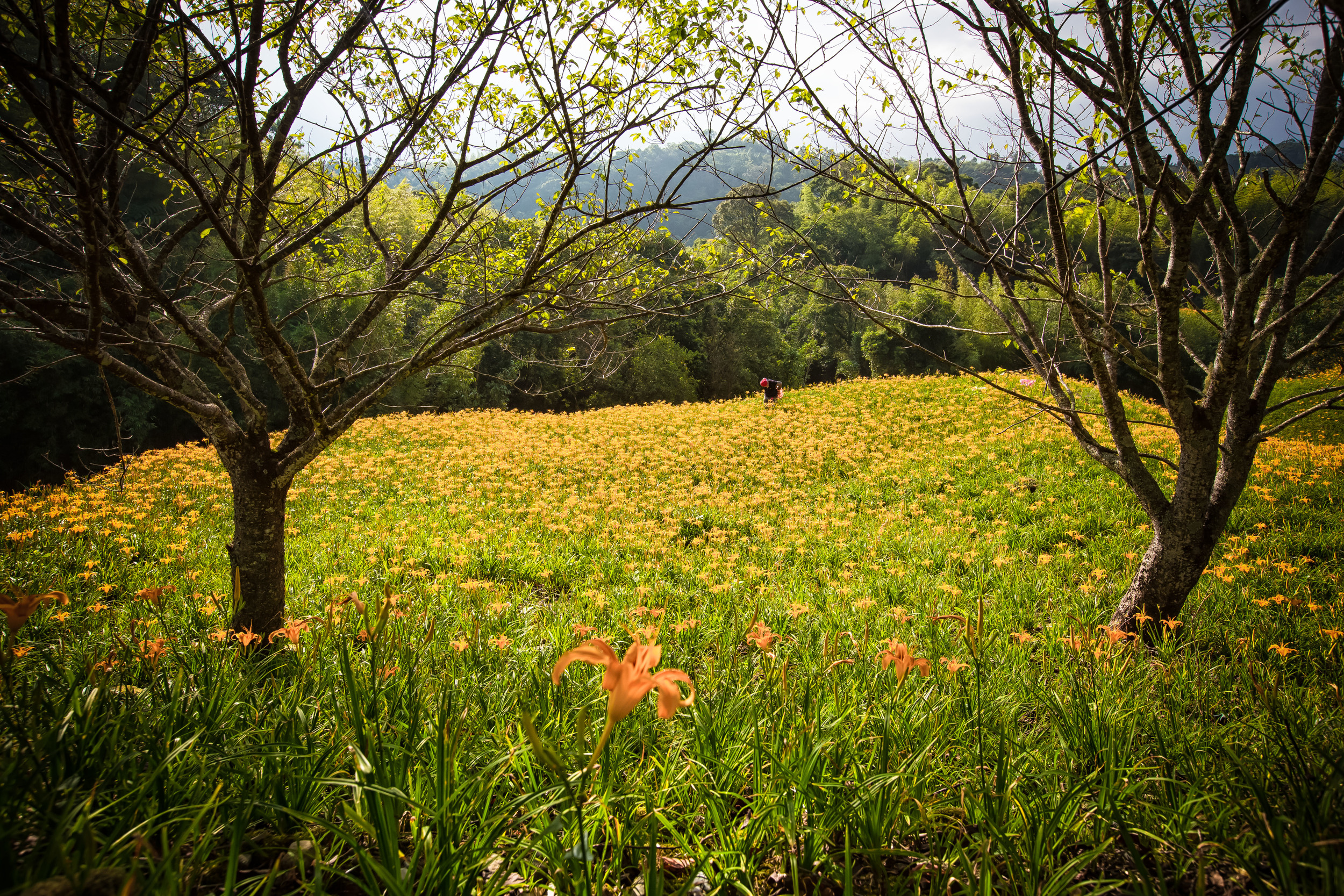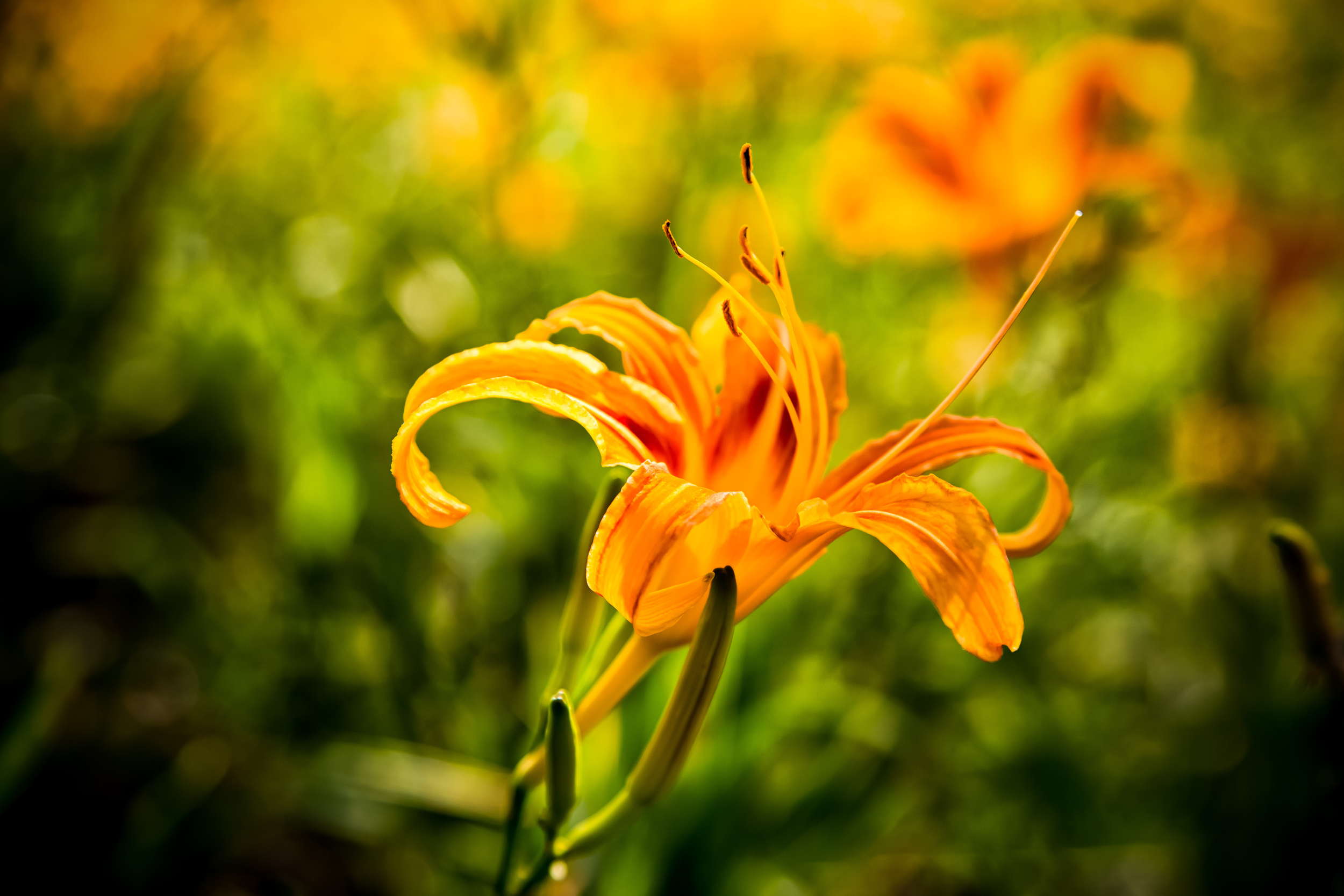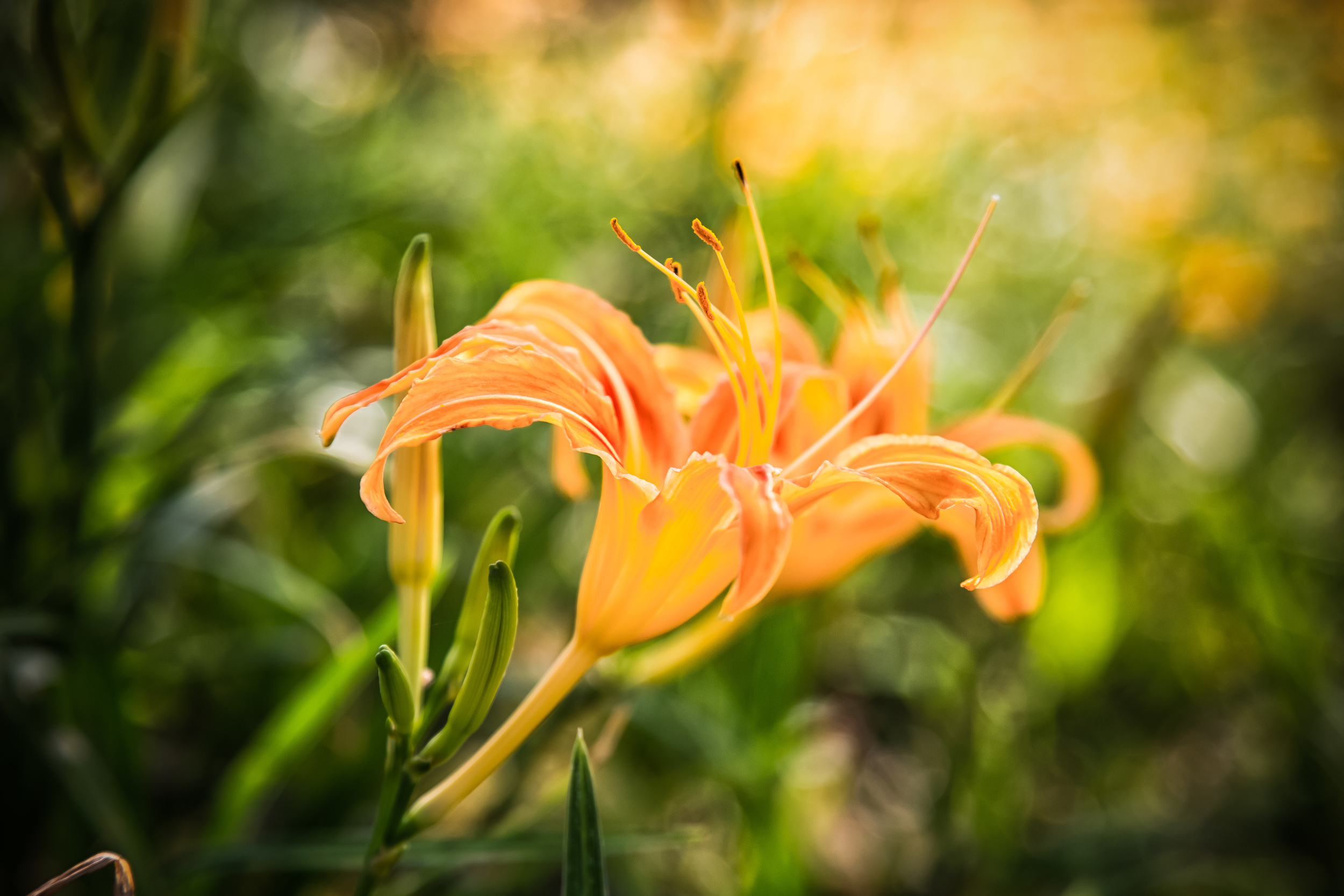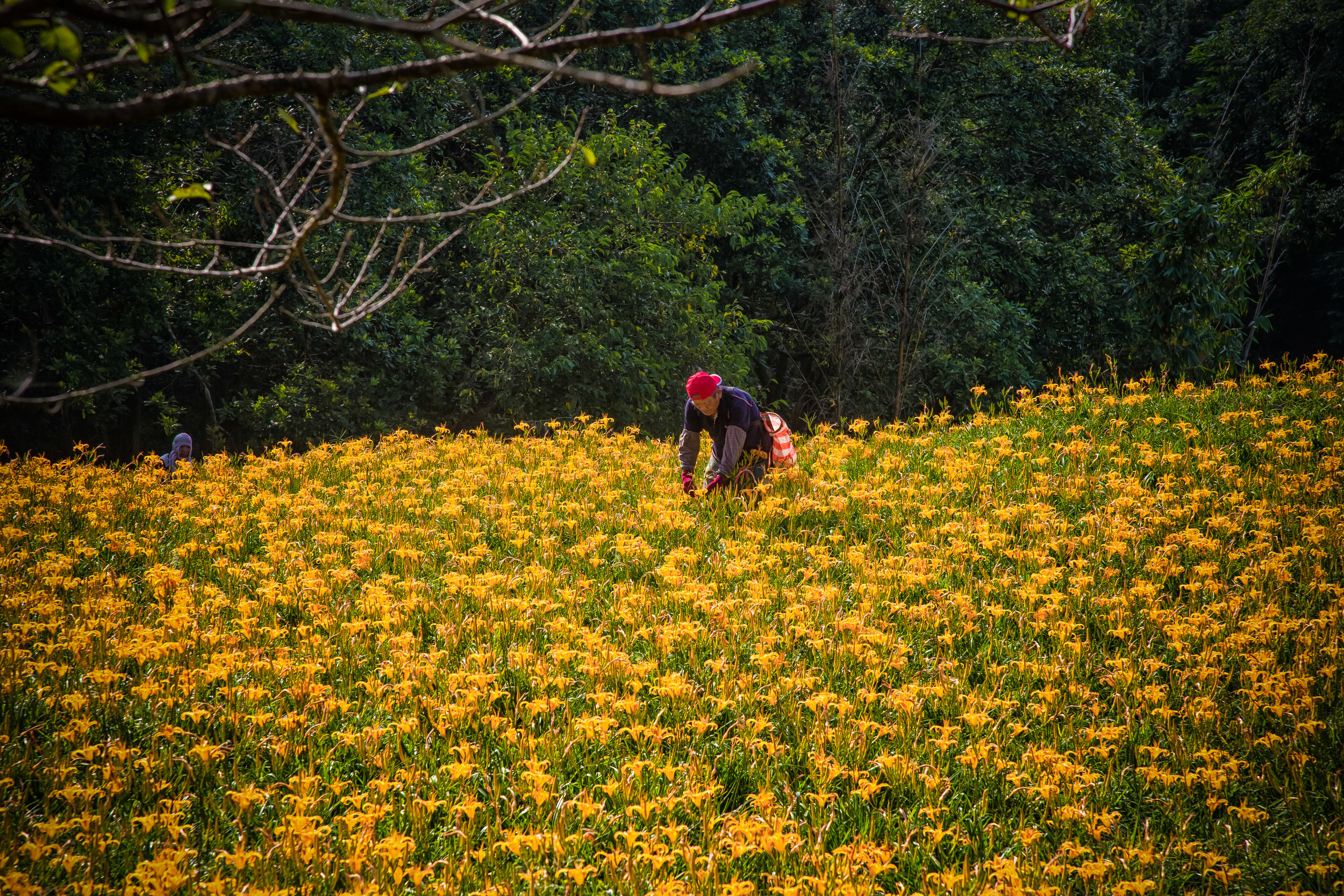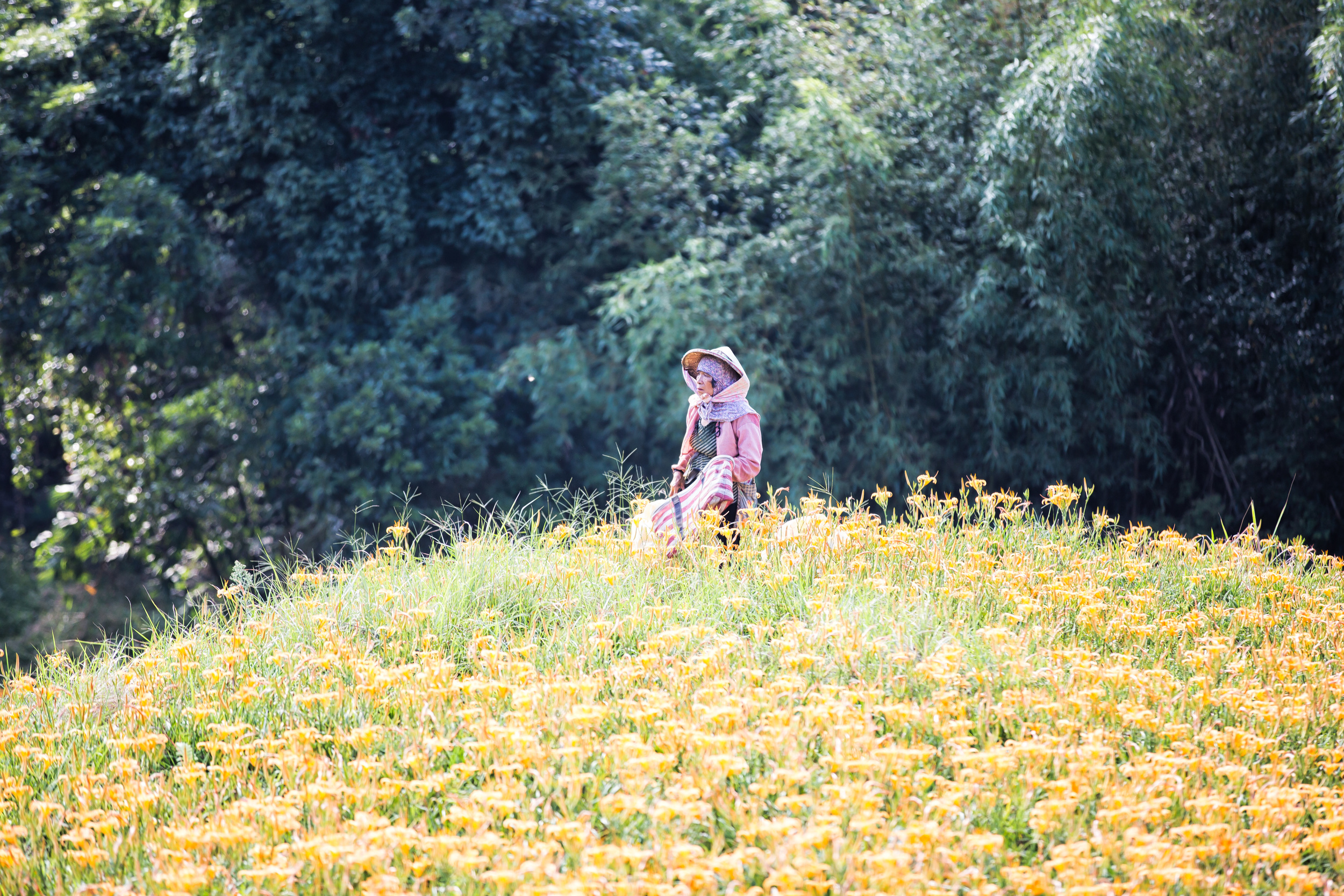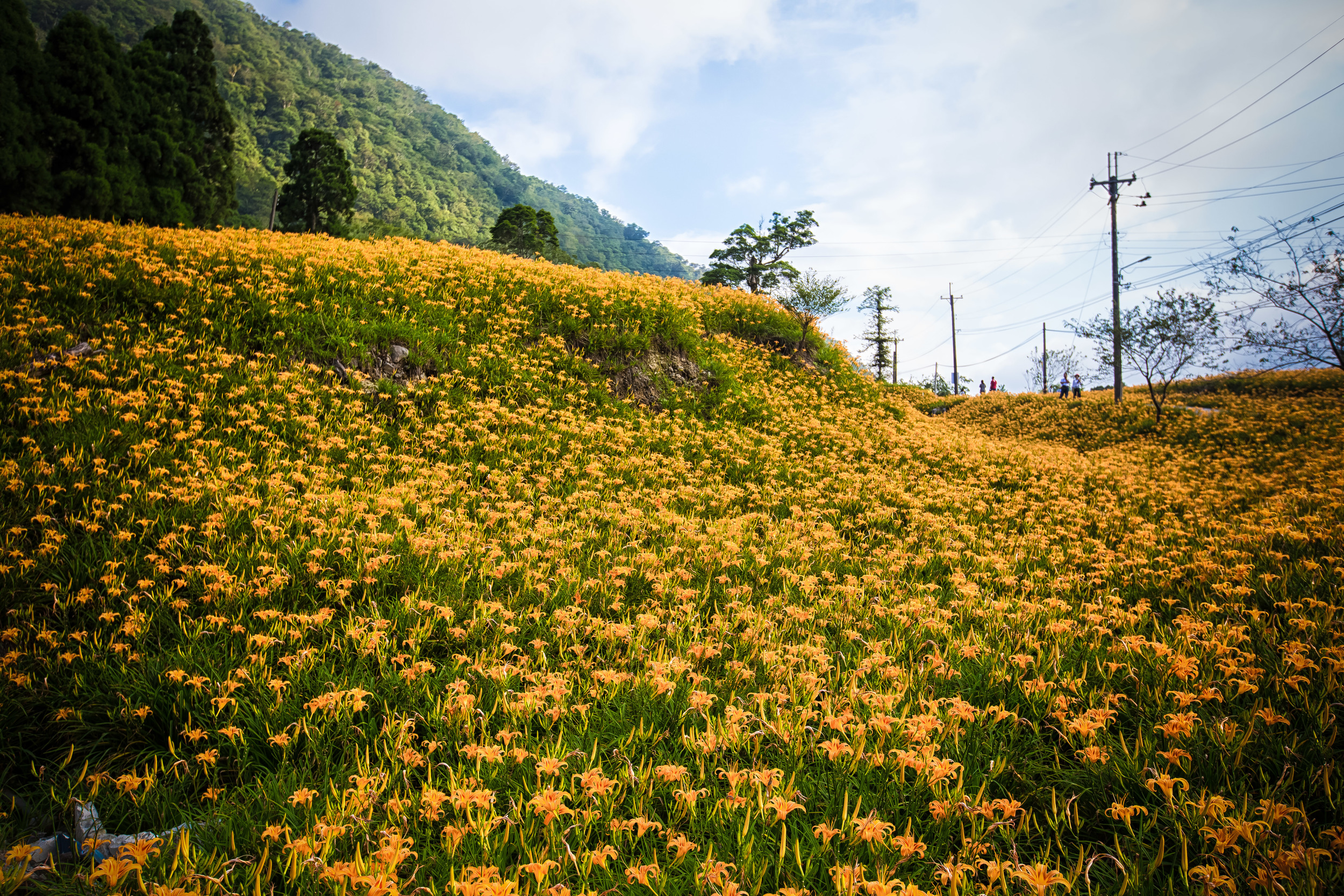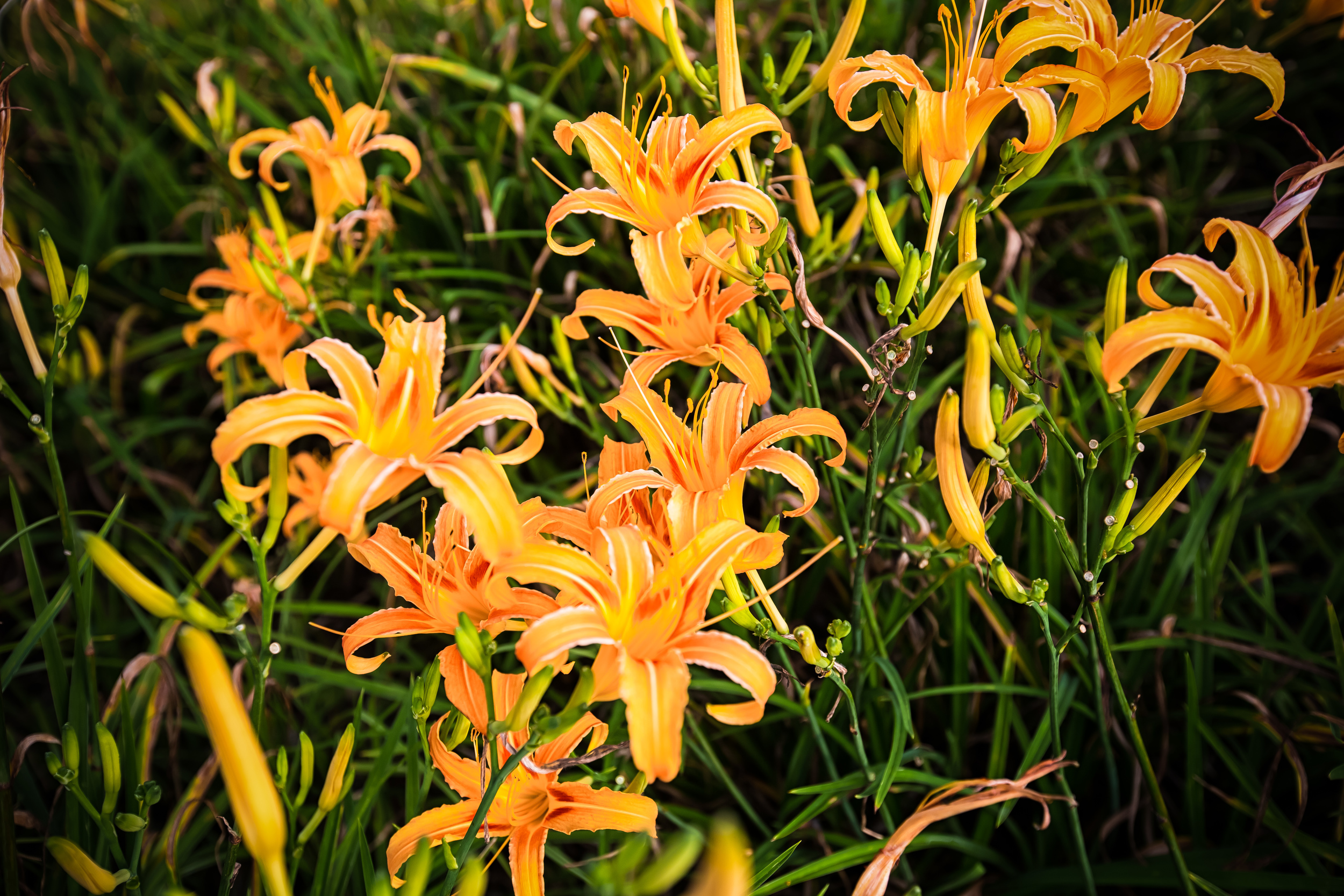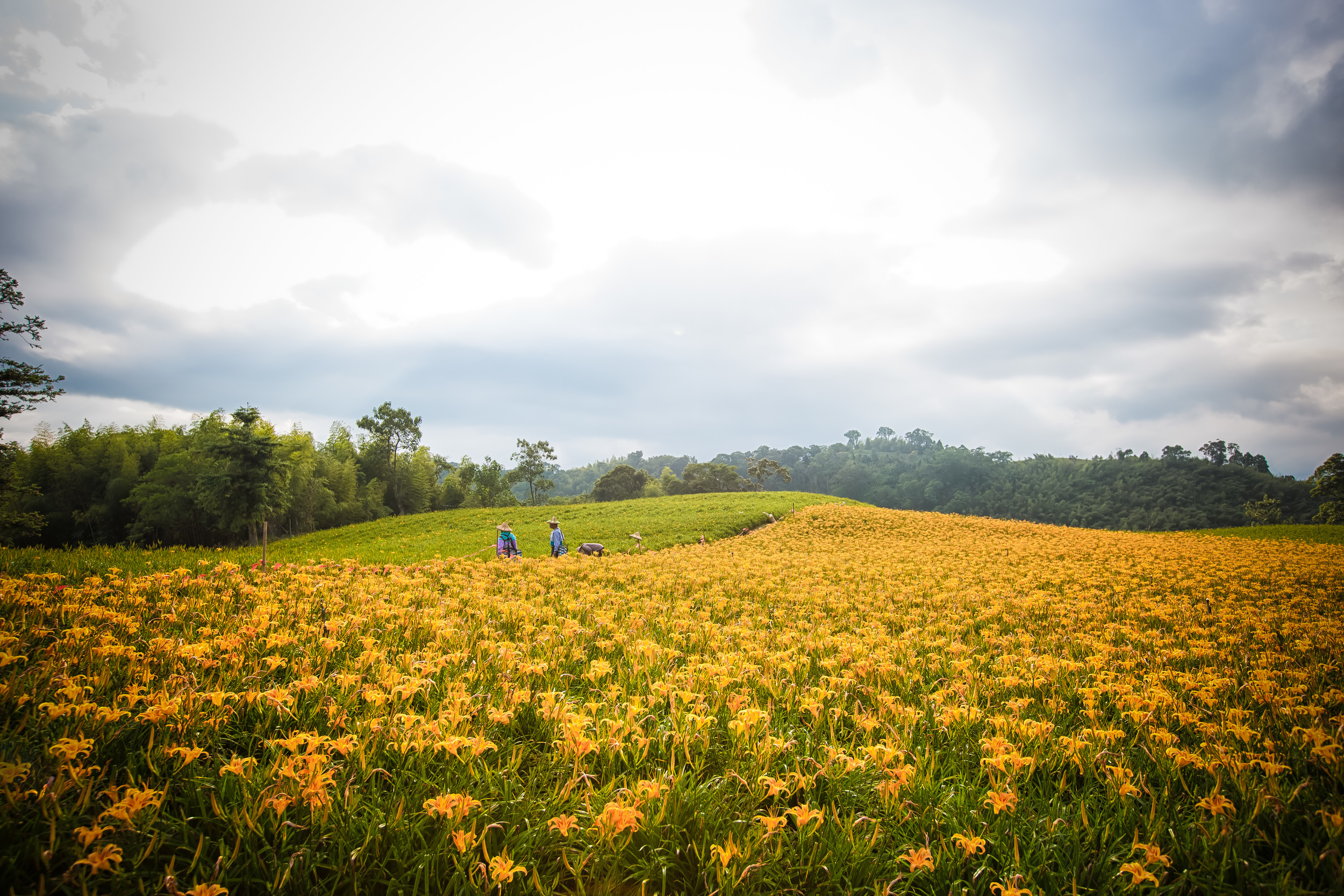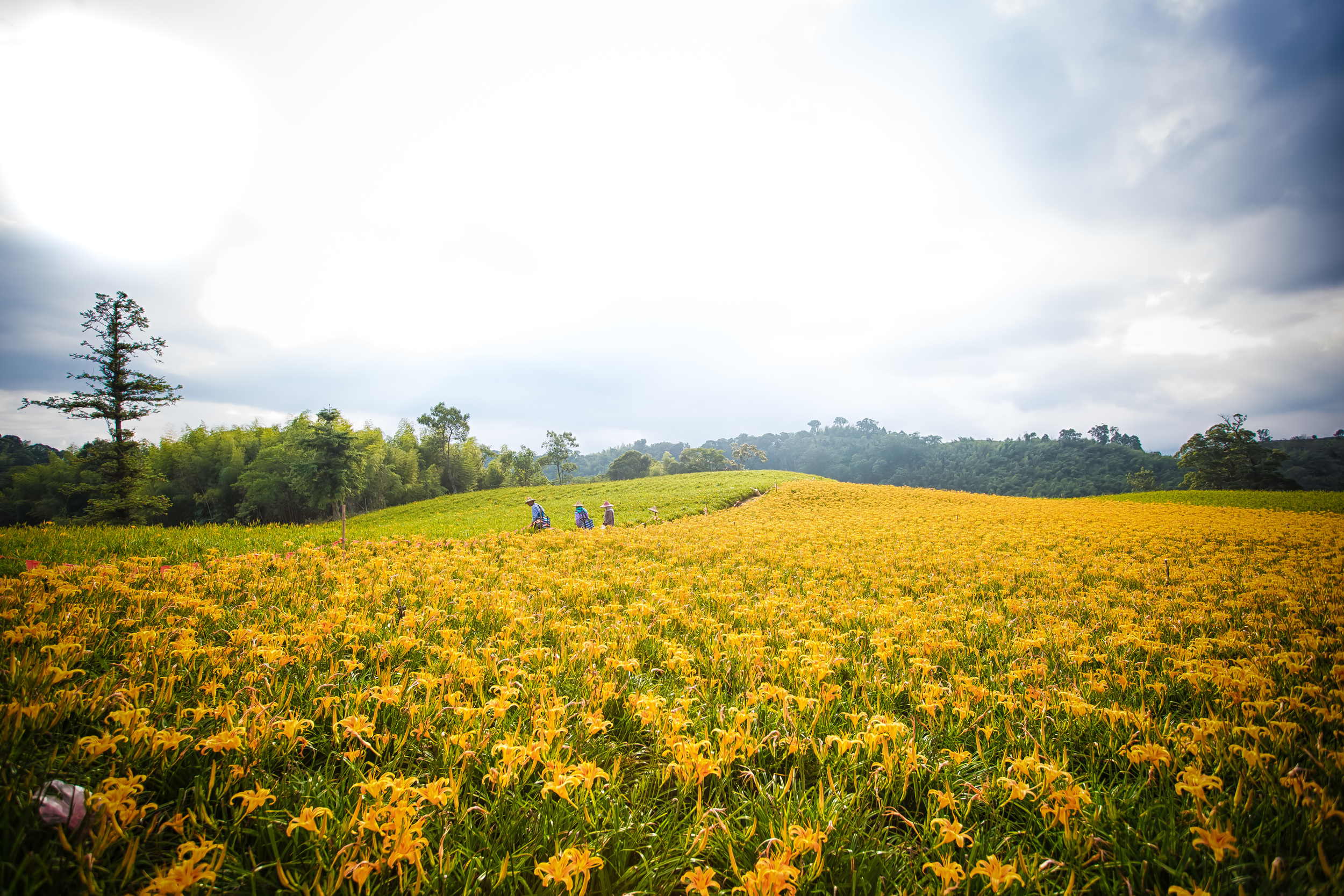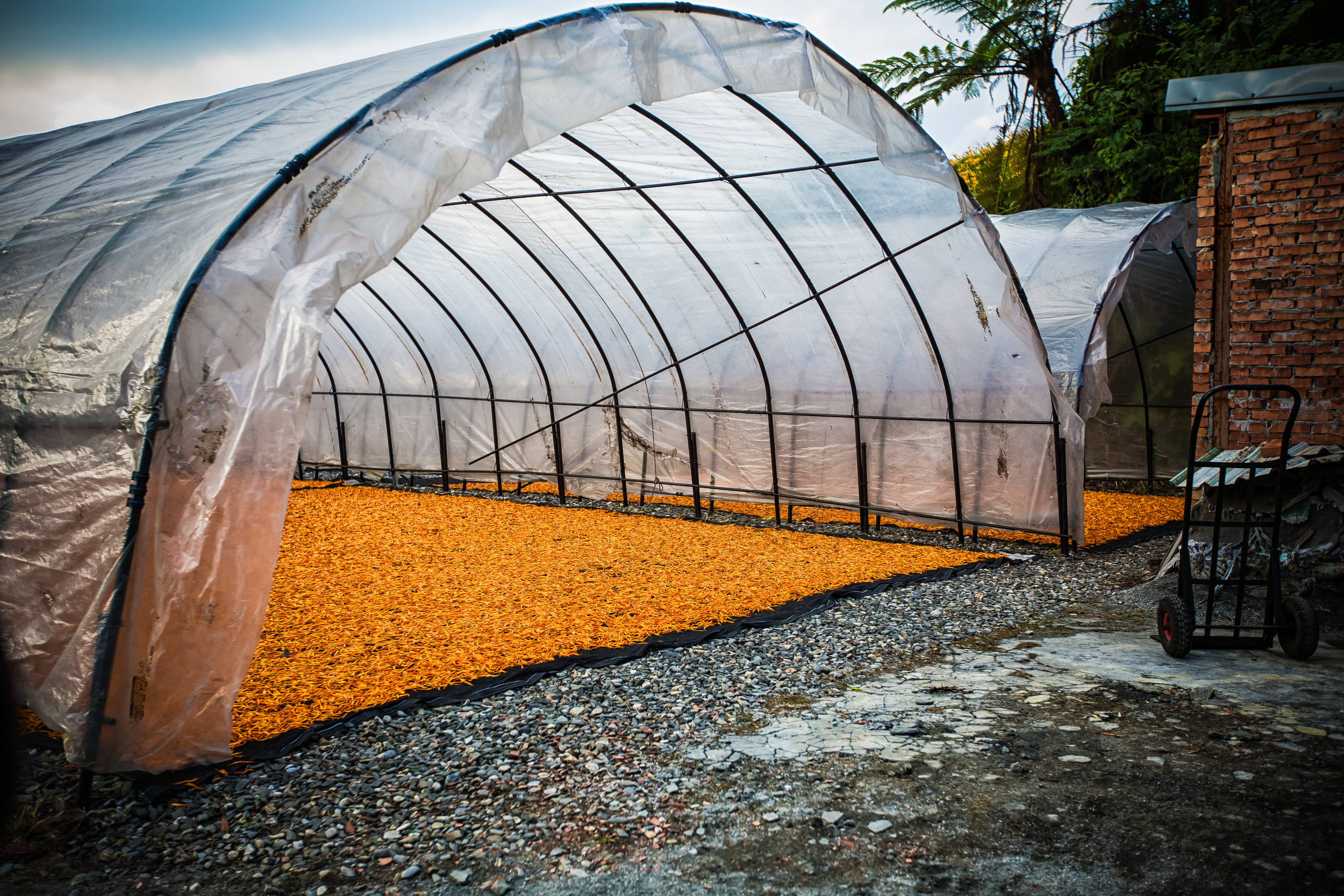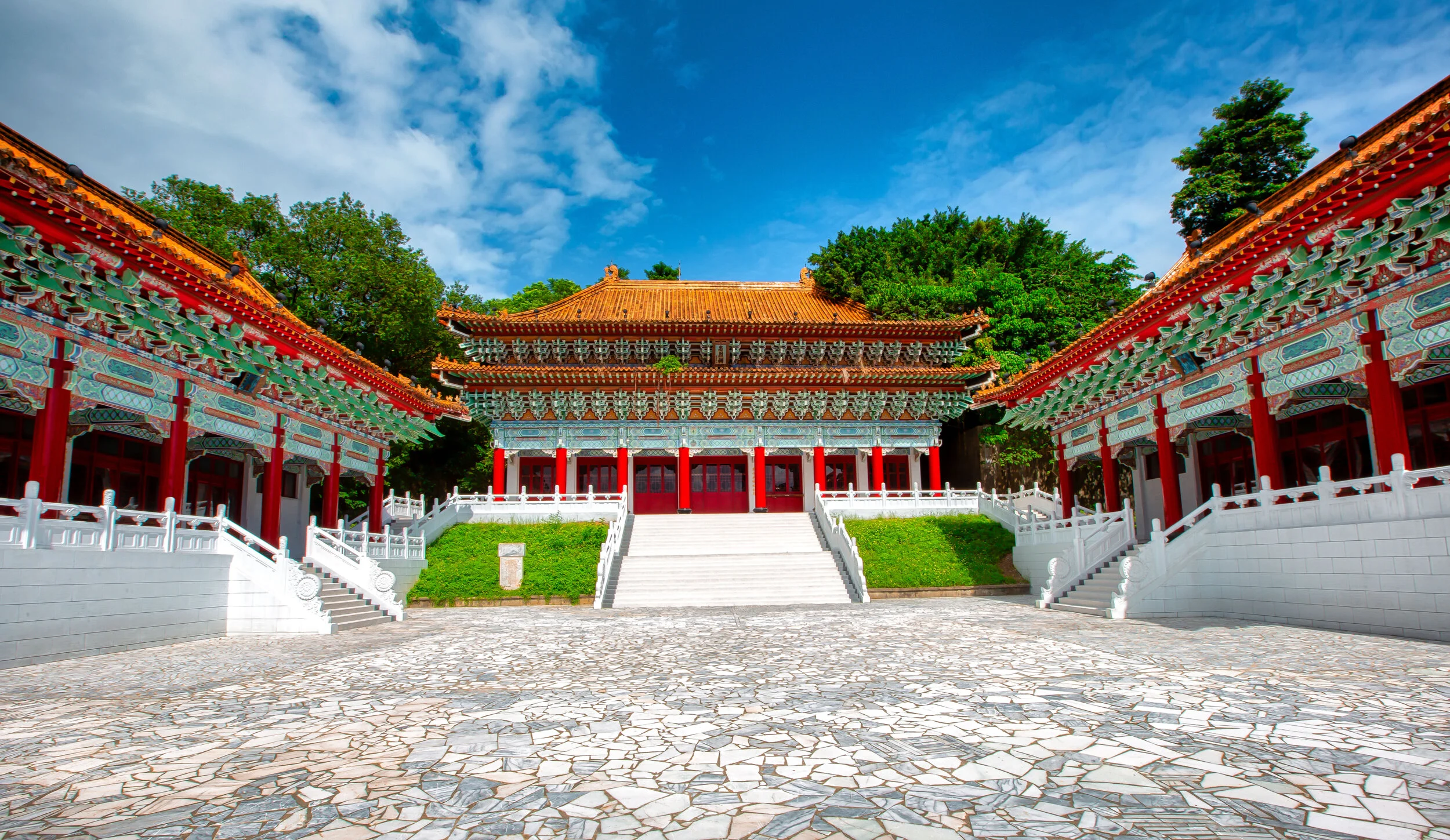This is going to be a short one - I just wanted to share some shots of the amazing light show put on by the sun almost every night on the beautiful island of Boracay. I plan to share a longer photo post in the next week or so of the amazing blue skies, white sand and emerald green water on one of the best beaches in the world, but for today I'm just going to focus on the sunsets.
Sunsets in Boracay are arguably one of the shots that every tourist has to get while on vacation on the island. They have been the backdrop of photo shoots, wedding photos and almost all the postcards that you will receive in the mail from people visiting the island. If you are lucky enough to stay more than a few nights you will be serenaded nightly with a completely different range of colours with the sky turning different shades of orange, purple, blue, green, red and pink.
No matter what colour you get during your visit, I guarantee the sunset you experience will be one of the best you've seen and are something that you shouldn't miss.
On my first visit to Boracay a few years ago, HDR (High Dynamic Range) photos were the in-thing in photography and I was unfortunately dabbling in it. A lot of the shots that I shared at the time were of that variety and when I look back at them now, the first thing that comes to mind is “What was I thinking?” as all the shots were way too overdone and looked really fake.
I'm happy that was a phase that didn't last too long.
My plan this time was to shoot long exposure shots in order to suck up all that beautiful light. Before leaving Taiwan, I had an idea in my head to combine the light with Boracay’s iconic white sand beach and the famous Paraw sailboats that sit along the beach at night.
So, I set up my camera on the tripod and sat on the beautiful white sand next to the water and enjoyed watching the sunsets while clicking my camera remote.
Unfortunately it seems I enjoyed the sunsets too much and I didn't really bother looking carefully at what I was shooting in my cameras viewfinder. When I got back to Taiwan I found out that I was really disappointed with the results.
I like the light and I like the range of colours I got from the sky, but something I hadn't really accounted for (when I made my plan) was Boracay becoming much more popular than it was on my first visit.
There were people everywhere and the problem with people and long exposure shots is something called the ghosting effect which is caused when people move while the camera shutter is closed.
For some reason I wasn't thinking about that at the time, so a lot of the shots have blurred “ghosts” of people who were rudely having fun and playing in the water while I was shooting!
The ghosting effect in long exposure photography can be cool, especially in fine art but it doesn't really work that well in landscape shots.
In the end, it's my own fault - I was too busy enjoying the sunsets with my eyes and didn't pay enough attention to what was going on in my camera.
I guess when people say “the third time is a charm” they really mean it - It looks like I'll have to go back again for the third time and position myself in a less popular area of the beach to get the shots I really want!
Unfortunately my learning curve will have to take a back seat to other plans as I plan to visit Palawan on my next Philippine vacation! I'll post another blog about Boracay in the next week or so, until then enjoy some of the sunsets.







